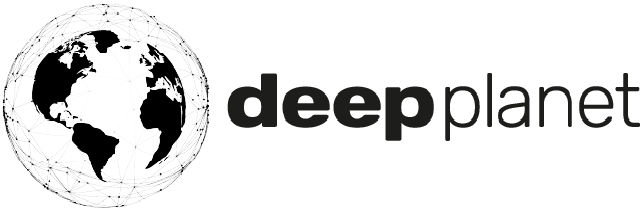Soil organic carbon content prediction with satellite imagery and graph neural networks
Organisations are facing growing pressure to reduce their greenhouse gas emissions in the face of climate change. There are two ways for them to align with global climate strategies: cutting their own emissions and voluntary carbon offsetting. Voluntary offsetting refers to paying another organisation for carbon removal on one’s behalf. This method has several risks, including improper carbon accounting, re-release of stored carbon and unintended consequences on humans and ecosystems (Allen et al., 2020).
Many carbon offsetting mechanisms have a high risk of being reversed over subsequent decades. When physically storing carbon in a reservoir (e.g., forest) the risk of the reversal must be acknowledged and accounted for. At the same time, the unintended negative consequences of afforestation or other agricultural practices might actually negatively impact human livelihoods or ecosystems. For example, intensive tree-planting on naturally low tree-cover habitats may cause adverse impacts on the social or ecological resilience of these landscapes (Allen, 2020). These risks and their negative consequences can be accounted for - if a system of regular monitoring of carbon offsets is in place.
The Role of Soil Organic Carbon
Soil organic carbon (SOC) plays an important role in the carbon offsetting mechanisms. Accurate estimation and monitoring of SOC is crucial for understanding climate dynamics and driving sustainable land management and agricultural practices. SOC monitoring is extremely important for any carbon offsetting mechanisms, both to estimate current and past state of the land and to monitor carbon offsets when carbon credits are retired.
DeepPlanet has developed a novel method to estimate SOC content with remote sensing data, combined with Graph Neural Networks. GNNs can capture complex relationships between different modalities of input data: soil, satellite images and climatic features. Graphs are an extremely powerful and general representation of data (Klemmer et al, 2022).
We compared four types of GNNs using the Land Use/Land Cover Area Frame Survey (LUCAS) database, a harmonised in situ land cover and land use data collection over the whole of the EU’s territory. The terrain attributes are derived from COPERNICUS and USGS digital elevation models. Macroclimate features were extracted from ERA5-Land Daily Aggregated dataset (ECMWF). High-resolution land cover images were obtained from Landsat-8 satellite, MODIS supplied medium-resolution surroundings, and OpenLandMap contributed required soil attributes.
The fundamental operation of graph convolutional networks is to aggregate information from neighbouring nodes. We tried four different types of graph GNN models, which utilise different types of aggregation functions. These models produce slightly different results, with some providing more granularity and some providing more generalised outputs (Fig.1).
Figure 1. Spatial variance of ground truth data measured in 2018 and predicted SOC provided by different methods: (a) ground truth data; (b)PEGCN, (c) PESAGE, (d) PETransformer and (e) PEGAT models . Green represents lower SOC values, while red represents higher values.
Overall, our experiments showed good performance of all methods on the SOC prediction task. Our findings confirm the feasibility of applications of GNN architectures in SOC prediction using remote sensing and climatic data from publicly available sources. You can read our paper, published in the NeurIPS 2023 Workshop on Tackling Climate Change with Machine Learning: https://arxiv.org/abs/2311.15979.
References:
Allen, M. et al. (2020). Oxford principles for net zero aligned carbon offsetting.
Broekhoff et al. (2019) Securing Climate Benefit: A Guide to Using Carbon Offsets.
CCC (2022). Voluntary Carbon Markets and Offsetting, UK Climate Change Committee.
Konstantin Klemmer, et al. (2023) Positional encoder graph neural networks for geographic data. In the International Conference on Artificial Intelligence and Statistics, pages 1379–1389.
Thomas N Kipf and Max Welling. Semi-supervised classification with graph convolutional networks. arXiv preprint arXiv:1609.02907, 2016.
Will Hamilton, Zhitao Ying, and Jure Leskovec. Inductive representation learning on large graphs. Advances in neural information processing systems, 30.
Petar VelickoviÅLc, et al. (2018) Graph attention networks. ICLR 2018.
Yunsheng Shi, et al. (2020) Masked label prediction: Unified message passing model for semi-supervised classification. 30th International Joint Conference on Artificial Intelligence (IJCAI-21).
Raphael d’Andrimont, et al. (2020) Harmonised LUSAS in-situ land cover and use database for field surveys from 2006 to 2018 in the European union. Scientific data, 7(1):352.
Ladislav Rampšek et al. (2022) Recipe for a general, powerful, scalable graph transformer. Advances in Neural Information Processing Systems, 35:14501–14515.


